Letting Nature Do the Work
Since leaving the sea for the land three decades ago, cattleman Bill Legg's North Star for soil health and sustainability has been education.
When Bill Legg was a senior in high school, he and his father would drive out to their family’s newly acquired farm on weekends to prepare it for cattle. Having grown up in Huntsville, Alabama, it wasn’t until those working trips with his father that Legg discovered his passion for farming and raising livestock.
After high school, Legg was called away from farming – and land altogether – for over two decades. He worked as a deck officer and navigational pilot on merchant ships going to sea. It was fulfilling work, but he was quietly building a future for himself on land, buying farmland near his father’s farm as he could. By the time he was in his mid-40s, Legg realized he’d rather be on his farm full-time than split his time between land and water.
“I just made an occupation change, I guess, almost 30 years ago,” says Legg. “And I have no regrets. I came to see agriculture as the single-most important profession on the planet. I realized I wanted to be part of that.”
Legg and his wife, Peggy, farm 1,600 acres of land in Lawrence County, Tennessee, 90 miles south of Nashville, along the Alabama state line. The landscape is most conducive to grazing, with its rolling hills and rocky soil. Today, he describes his farm management style as very low input. He relies on rotational and sometimes multi-species grazing to build soil health and forage quality.

LIGHT-BULB MOMENT: “IT’S ABOUT THE SOIL”
Without the second income from going to sea, Legg realized he had to find a way to make his farm more financially sustainable. So, in 1996 he attended his first educational workshop in hopes it would help him find some way to squeeze a little more out of his land and livestock.
“For probably the first two decades, I just learned everything I could about the animals,” Legg recalls. “And then at some point I suddenly realized, it’s not about the animals, it’s more about the plants, the forages. So, I started learning everything I could about that. And then a few years ago, the light bulb came on. It’s not about the forages, it’s not about the animals, it’s about the soil. And that’s when I got so excited about soil health and learning everything I could about that.”
Over time, Legg’s farming philosophy changed as he learned more about how agriculture interacts with the natural ecology of southern Tennessee. He began to divide up his pastures and train his cattle to respect polywire and move more frequently. Legg saw a noticeable difference in his pastures immediately, but he admits it took some time before his whole farm came around to the picture of lush diversity he has now.
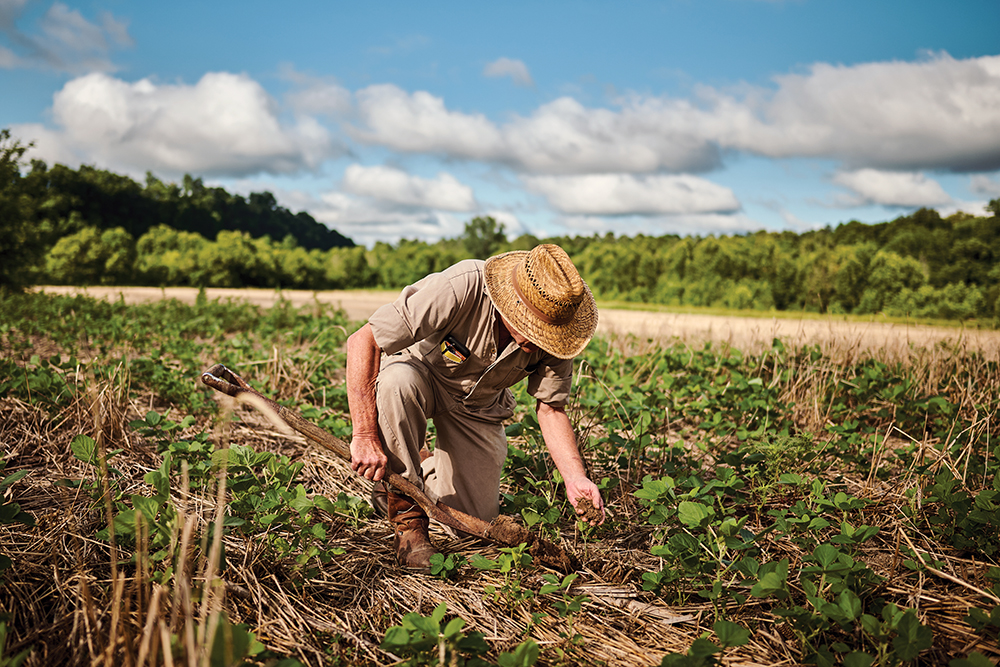
The biggest amendment Legg has used in the past few decades is education. Attending courses, talking with other farmers and ranchers, and reading has helped him improve his soil health and forage production. That’s the advice he gives other farmers who want to explore regenerative practices on their farm.
“Just learn in any way you can and talk to people like me or somebody else doing it to get a general overview of all the different aspects,” Legg says. “Then just observe, and you’ll immediately see changes on your farm.”
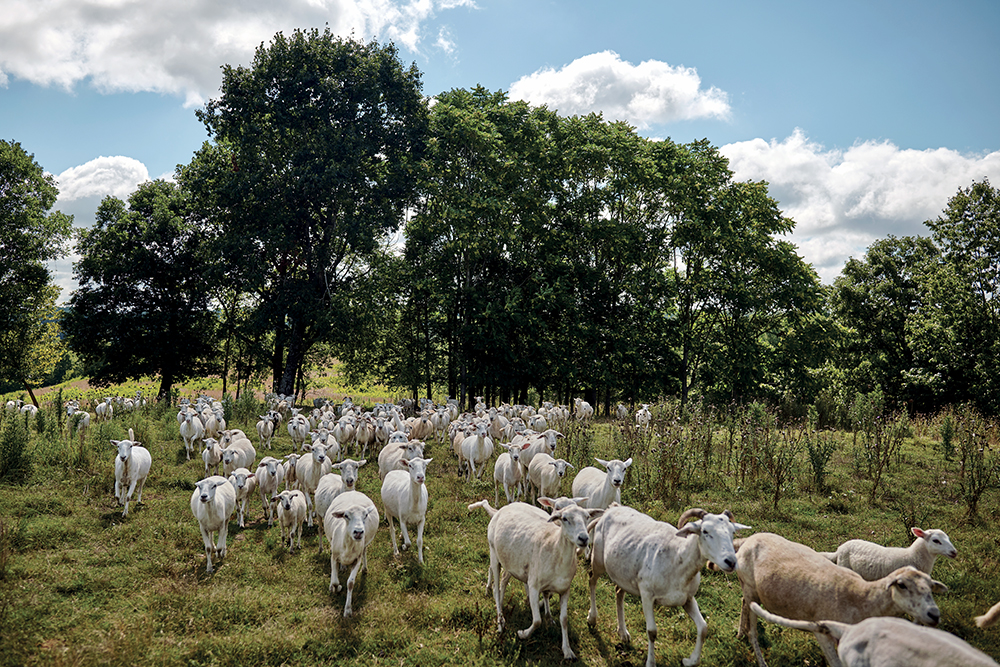
PROGRESS OVER PERFECTION
Immediate changes give way to a bit of “ugly chaos,” according to Legg, but it all serves his end goal of increasing soil health through organic matter. He tests his soil often to see where his nutrient numbers are and to help him keep an eye on his organic matter. It’s one piece of the pie that Legg hopes to influence little by little. Increasing organic matter across his farm is his main focus for the future of his land.
“I’ve heard it referred to as a poor man’s center pivot when you raise that organic matter,” Legg quips. “It’s like a sponge that can absorb and hold more moisture. And so, I would love to see my whole farm get up to the amount of my very best land, about 4% organic matter.”
The average organic matter rate in his county is 1%. Legg is proud of his farm’s soil health, but he knows it will take time to get every acre up to 4%. It’s time he’ll pass by doing the thing he enjoys the most: carefully observing the changes on his land. Monitoring his pastures is his favorite part of farming.
“What’s really neat is when we’re in a three- or four-week drought, not a drop of rain, and you’re walking through the pasture and it’s mid-thigh height and you come out of there soaking wet,” Legg says with a smile.
It’s moments like that on the farm that have kept Legg happy in one place. With a horizon filled with lush grass, grazing livestock and a symphony of birds and insects, life on the land sounds as romantic as life on the water.
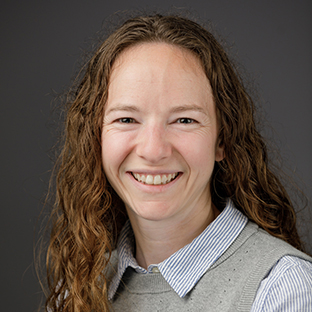
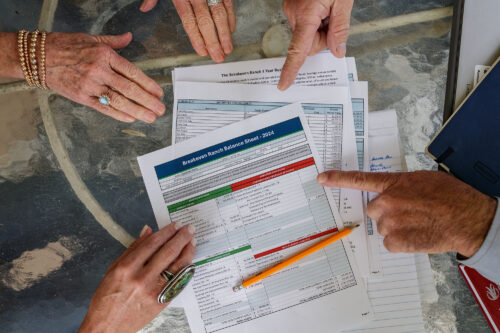
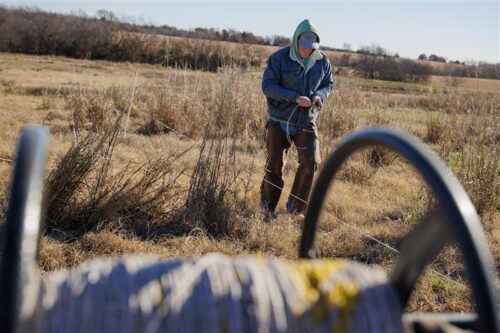
Comment